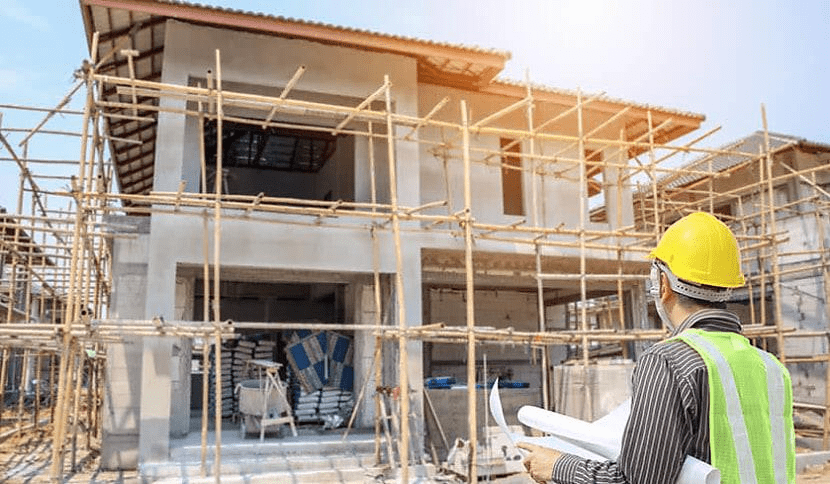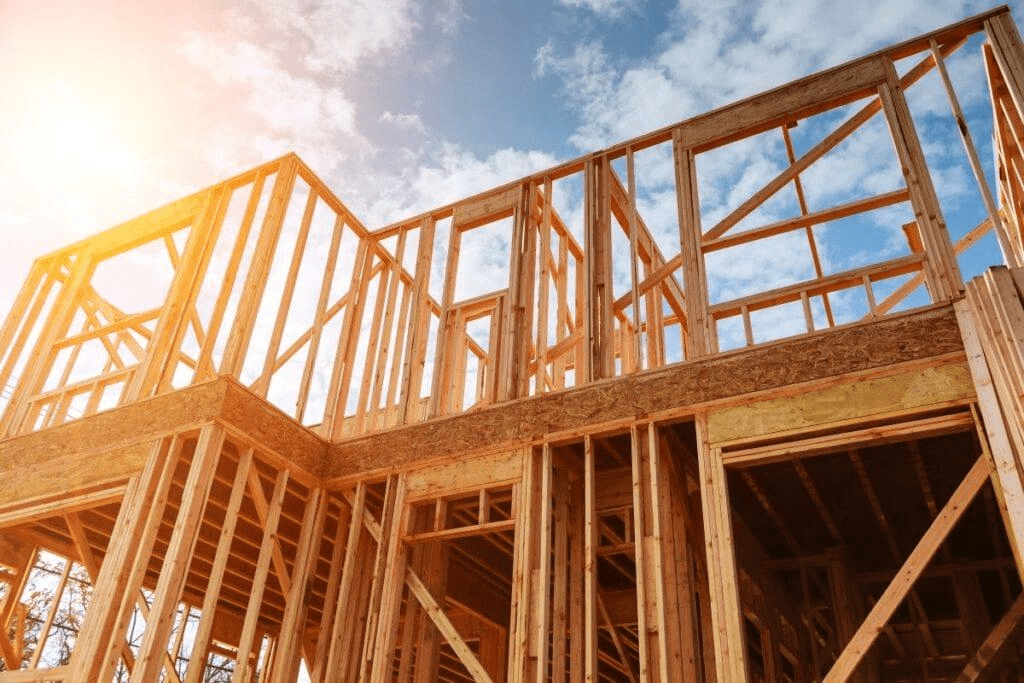Construction loans: How does it work?

If you can’t find the dream home that you are willing to buy, you might be thinking to build you own or renovate the current house. Potentially you will need a construction loan to finish this project and will be surprised to know that this type of loans are different from the traditional mortgage that people usually get to move into an existing property.
Here’s everything you need to know about getting a construction loan.
What is a construction loan?
A construction loan is a type of short term loans that can be used to build a home or complete substantial renovation of existing house. Most of the lenders are happy to fund the purchase price of the land and construction cost as one package. It is easier for them to assess the final market value of the project rather than separate it into 2 different lots. Nevertheless, there are multiple financial organizations that will allow you to purchase the land only for investment or development purposes without intention to build the dwelling up there.
How does a construction loan work?
Construction loan is different from a standard mortgage as it allows to draw money from the loan as per the schedule (stages) listed in your building contract and you will need to pay the interest only on the amount you use.
As your builder moves through each stage of construction, they will provide you with an invoice which must be forwarded to your lender. Once processed, the bank will release funds to pay the builder for the work that has been completed.
For example, if you signed a building contract for $350,000 and have used only $50,000 so far out of the full loan amount to complete a few stages of construction, your bank will charge you interest based on the amount of $50,000. Usually customers prefer to have Interest only repayments during construction period as they also have some other commitments (i.e. rent, existing home loans, etc.)
Bank will convert Construction loan from Interest Only (IO) repayment structure into Principal and Interest (P&I) payments after practical completion of your project. You might also choose to have your construction loan switched into an ordinary home loan at that stage, or combine it with some other loans.
How is a construction loan structured?
The construction process is normally divided into 5-6 stages and you will need to provide your lender with the claim or invoice issued by builder upon completion of each stage.
All banks and construction companies have their own names for each stage but the meaning remains the same:
- Stage 1 : Deposit - 5%
Pay initial deposit to the builder to start construction works as per signed contract.
- Stage 2 : Base / Slab – 20%
Foundation of your house: levelling the ground, plumbing and waterproofing the foundation.
- Stage 3: Frame - 20%
Raise up the frame of your house. This covers brickwork, roofing, trusses and windows.
- Stage 4: Lockup / Enclosed - 25%
Raise up external walls and install windows and doors.
- Stage 5: Fitout / fixing : 20%
Installation of internal fittings and fixtures (such as plasterboards, cupboards and benches, plumbing, electricity and gutters).
- Stage 6: Practical Completion – 10%
Builder has to organize the handover of the house and complete all works to make sure that the property is inhabitable (covers any finishing touches like electricity, plumbing and overall cleaning).
Depending on the agreement you have with your lender, a valuer may visit your site, to ensure that the loan is used according to plan and is in line with the current level of the project. Generally it is required for high volume loans with the construction cost more than $1 mln.
Repaying your Construction Loan
Drawing the loan in stages, allows you to pay interest only the amount you’ve drawn, hence you don’t pay interest on the full limit until the full loan amount has been used to complete the project.
Managing Construction Changes
Sometimes, significant changes could occur in the process of construction that could affect your loan contract. If this is something you can manage on your own, then it won’t affect your loan contract. But capital-intensive changes on your building construction would require you to carry your lender along, for a loan reassessment.
How can I get a construction loan?
The dynamic nature of construction loans makes lenders weigh their risk carefully before approving one. It is completely different type of loan comparing to traditional mortgage and for this reason requires more attention to details.
In addition to all the usual documents needed for a home loan application bank will also request the following documents from you and/or building company:
- Copy of signed Fixed Price Contract
- Copy of buildings plans and council approval
- Copy of the builder’s license
- Copies of insurance policies (including Builders All Risk/Public Liability Insurance, Domestic/Home Warranty Insurance and Public Liability Insurance)
Sometimes this process looks a bit overwhelming and It will be much more easier for you to get the construction loan approved if you follow our recommendations and tips:
- Find the Right Lender:
The financial market is highly competitive at the moment and we strongly recommend you shop around and find the best option matching all your goals. Choose the lender with the sharpest rates and better product features. Different banks have different set of rules and mortgage brokers from NG Loans will be happy to navigate you through all of them.
2. Review your Credit Score:
Lenders are interested in your credit history to be sure you can pay back, ensure you have a good credit score so it doesn’t stand in your way. Paying up debts and outstanding bills will potentially give you a good credit score.
3. Proof of savings:
A deposit in your bank account may serve as proof of savings to your lender, some request for evidence of at least three months of consistent saving. Aside from this, a close relative may use their property as security for you as a form of family guarantee. However, defaulting in repayment may make them liable to lose such property or repay the loan. Hence, you have to ensure your ability to repay. While some lenders may not accept this method, those who do, clearly state the terms to the parties, so they are aware of their obligations.
4. Proof of Income or employment history:
Lenders are concerned about your employment history, hence they’d review your source of income and your track of expenses for verification purposes. Your recent payslips will hold proof of your ability to repay the principal and interest on your loan in the long run.
5. Detailed Construction Plans:
This helps the lender to determine if the loan you’re requesting is worth the construction plan and if every possible expense is detailed in your plan. They also want to be sure that the property value when completed is lower than the loan value. Hence you’d be asked to provide, the building contract with a fixed price, approved plans by the council, your builder’s license, and insurance.
Summary
As you can see construction loans are completely different from standard mortgage and you can use this facility to build your own dream house and have your fully customized home. You might have already a perfect plan of your future dwelling and your mortgage broker from NG Loans will help you to make the dream come true. Call us today and book a free consultation with one of our experts.


